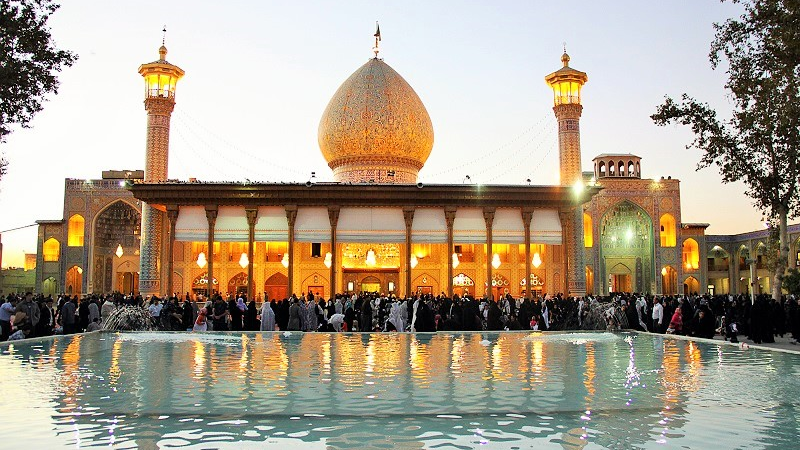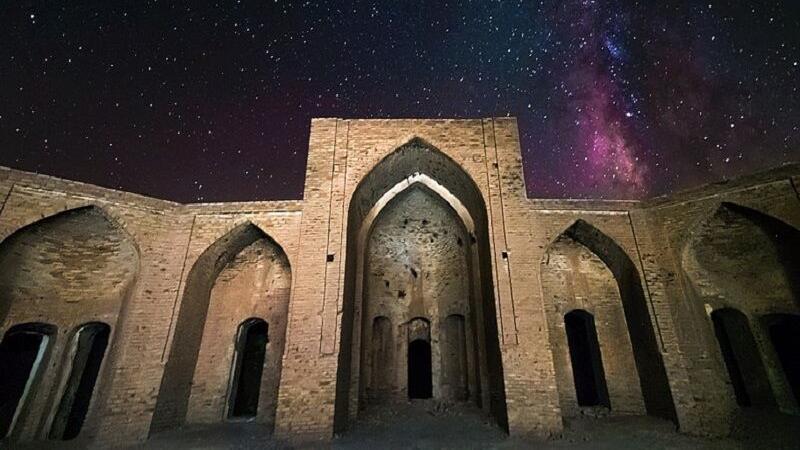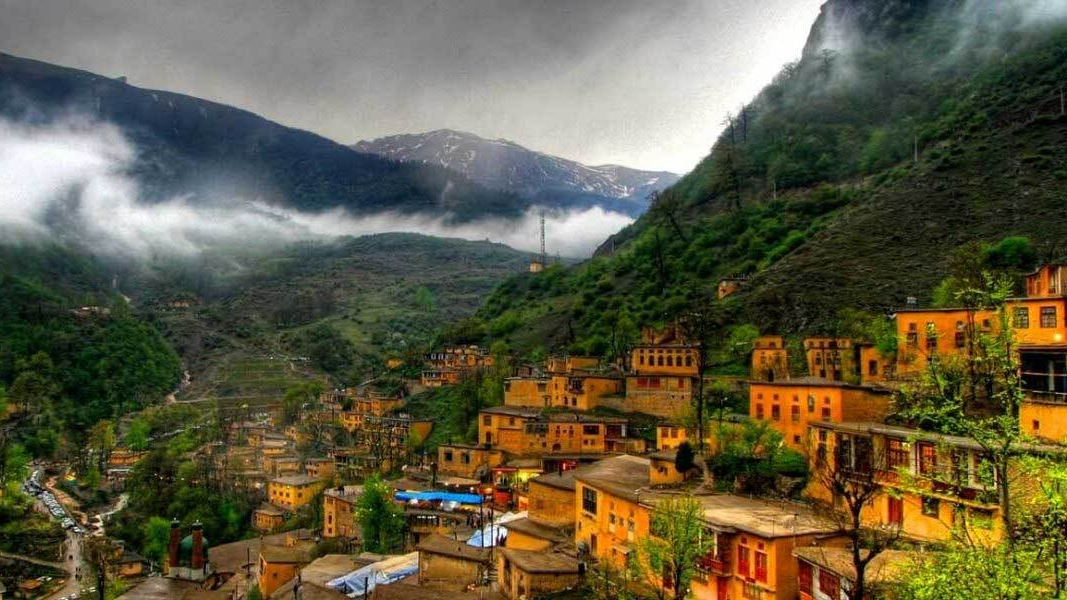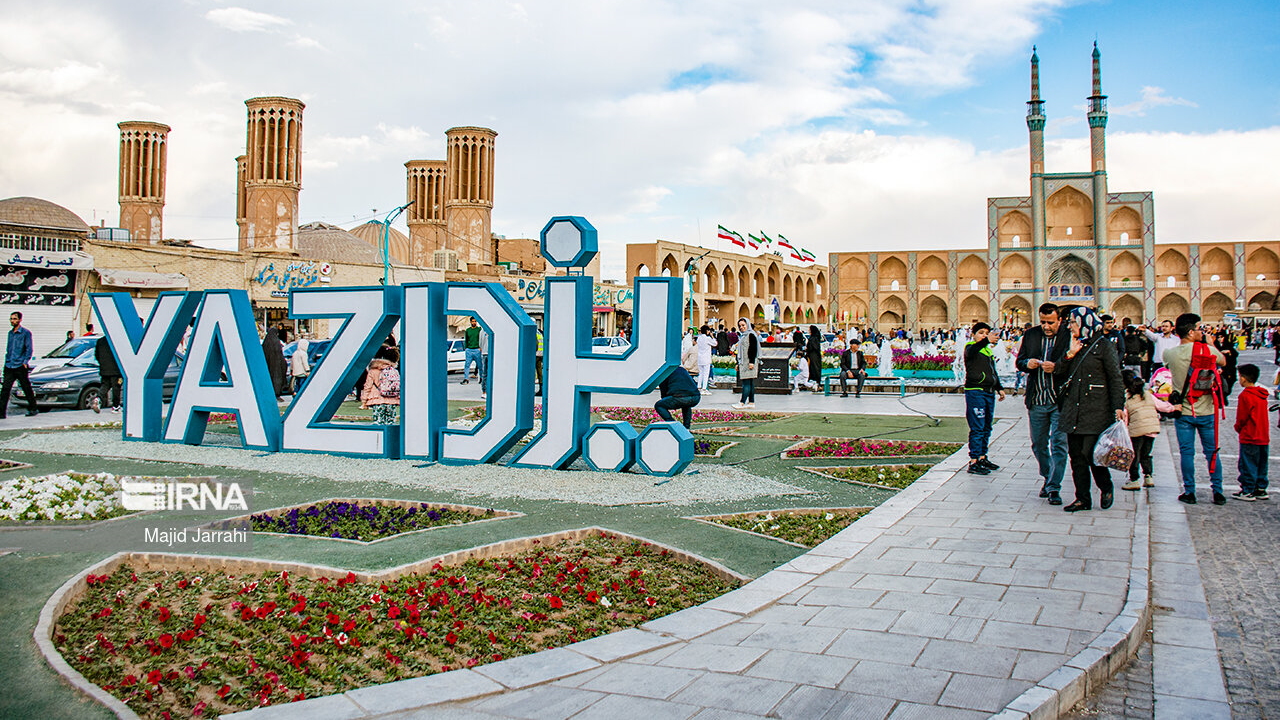
Fakhr Davoud Caravanserai: Eastern Iranian trade route lodging.
Visiting historical monuments and witnessing the grandeur and magnificence of structures that have stood strong for centuries and welcomed countless visitors is, in itself, an exciting and inspiring experience. However, if you try to imagine yourself in the place of those who lived in these spaces centuries ago and breathed amidst their bustling atmosphere, the visit will take on a whole new depth and meaning.
In Iran, caravanserais were considered vital structures that provided shelter for travelers and merchants when intercity roads were dangerous and unsafe. For many trading caravans, staying at a caravanserai was like entering a bustling marketplace — a place where they could exchange goods before reaching their final destination. When several caravans arrived at the same inn, the air would fill with the lively sounds of trade: merchants calling out their offers, auctions taking place, and the ringing of camel bells echoing through the courtyard , all mingled with a symphony of diverse languages and accents from across distant lands.
History and Features of Fakhr Davoud Caravanserai
It is said that about a century ago, one hundred families lived within the fortress. The Fakhr Davoud Caravanserai covers an area of 853 square meters. In the classification of Iranian caravanserais, this structure is considered a mountainous caravanserai. The building is roofed and enclosed, making it suitable as a winter lodging. One of its distinguishing features is the presence of tall towers at all four corners, whose height is nearly equal to that of the main entrance portal.
At the top of these towers, designated spaces for guards were built, featuring observation openings used for keeping watch over the surroundings. In times of danger, these openings served as positions for shooting arrows at attackers. However, the towers were not solely intended for defensive purposes—from an architectural and structural standpoint, they also reinforced the thick walls of the caravanserai. On either side of the entrance, small vestibules (hashtis) can be seen: two on the right and one on the left. Given that symmetry is a key principle in traditional Iranian architecture, this asymmetry is particularly intriguing and noteworthy.
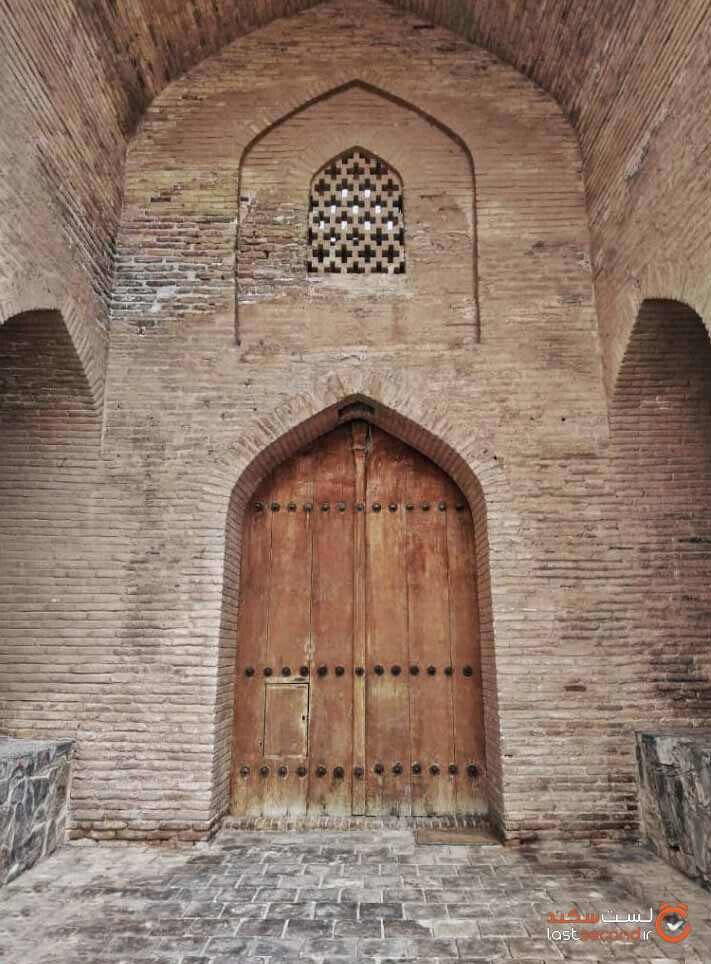
Entrance of Fakhr Davood Caravanserai
National and World Heritage Registration of Fakhr Davood Caravanserai
At the 45th session of the UNESCO World Heritage Committee, held in Riyadh in 2023 (1402 SH), Fakhr Davood Caravanserai was inscribed on the World Heritage List as one of 54 Iranian caravanserais representing this unique architectural tradition. The national registration of the site had earlier taken place in 1999 (1377 SH).
| Name | Fakhr Davoud Caravanserai: Eastern Iranian trade route lodging. |
| Country | Iran |
| State | Razavi Khorasan |
| City | Mashhad |
| Type | Historical |
| Registration | Unesco,National |
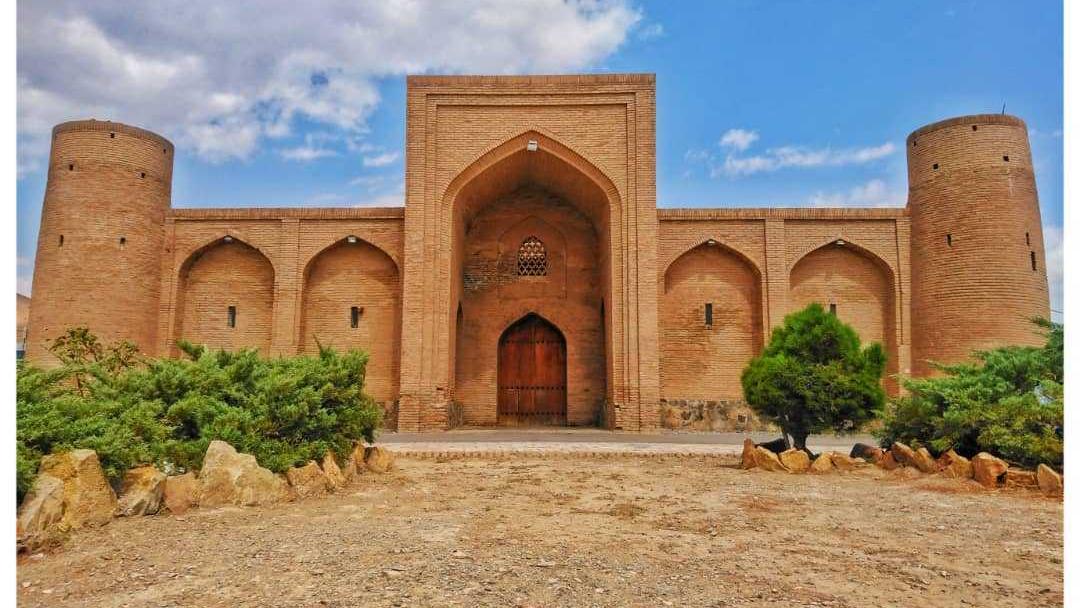

Choose blindless
Red blindless Green blindless Blue blindless Red hard to see Green hard to see Blue hard to see Monochrome Special MonochromeFont size change:
Change word spacing:
Change line height:
Change mouse type:
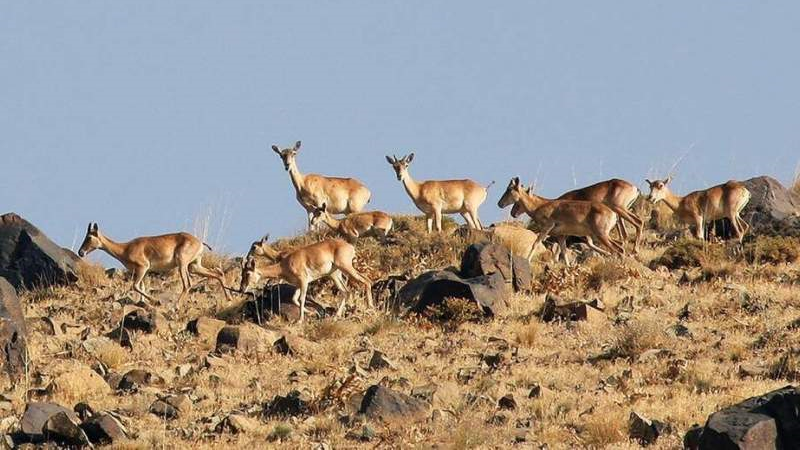
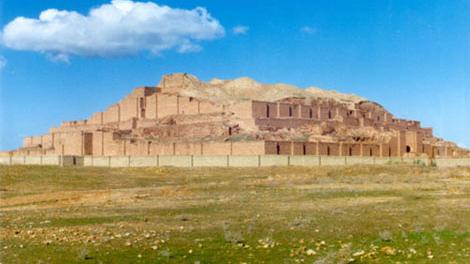
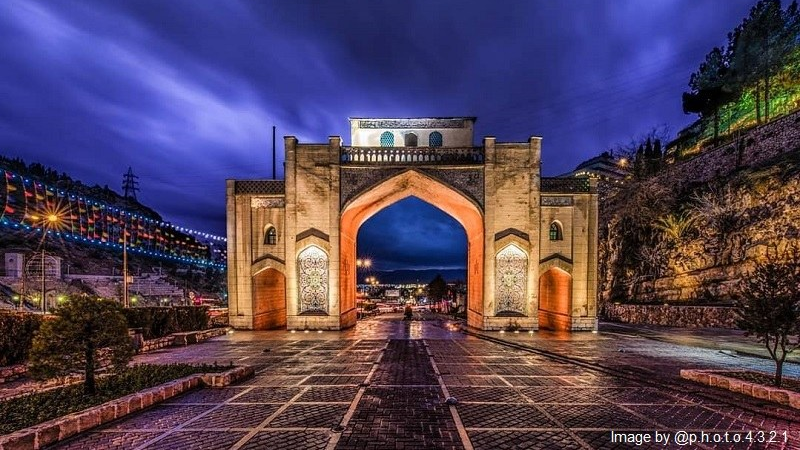
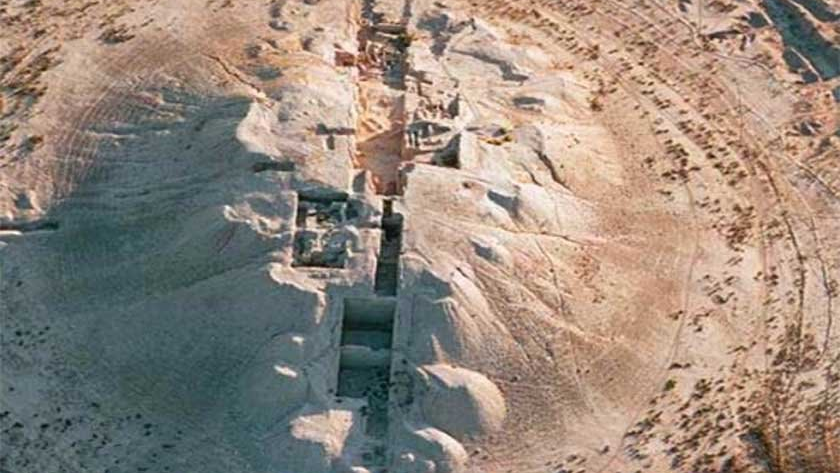
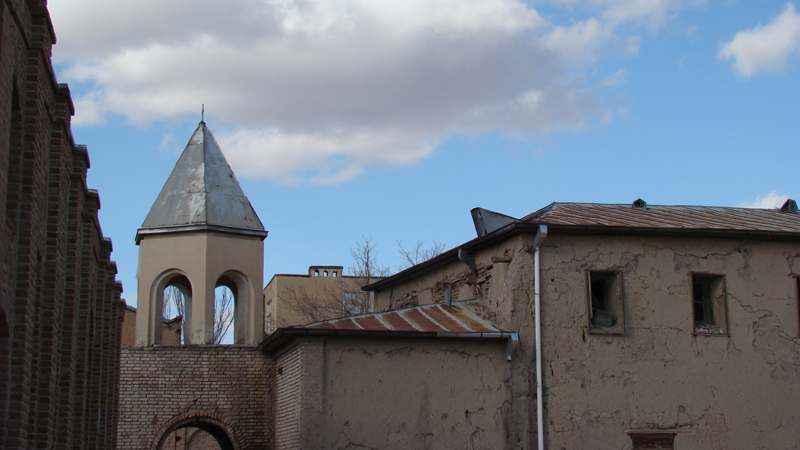
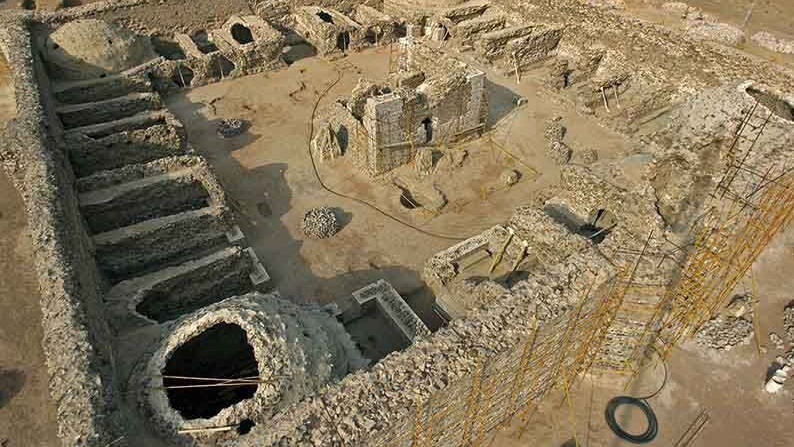
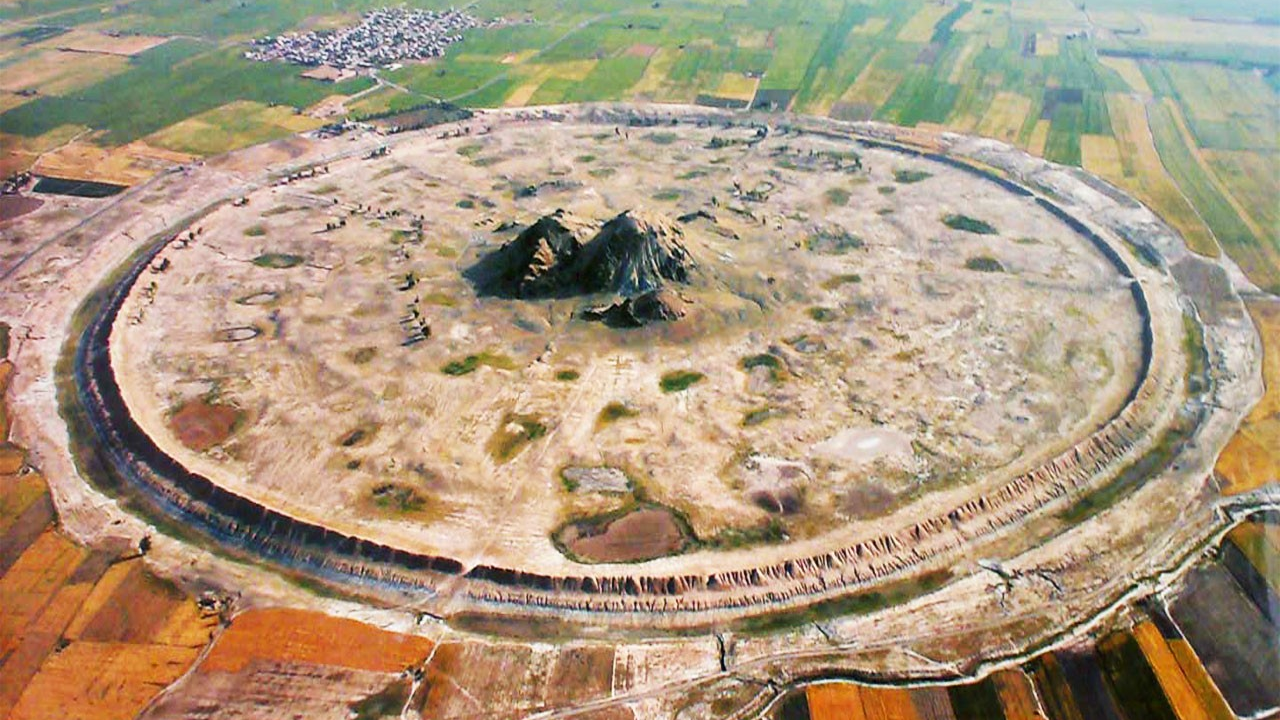
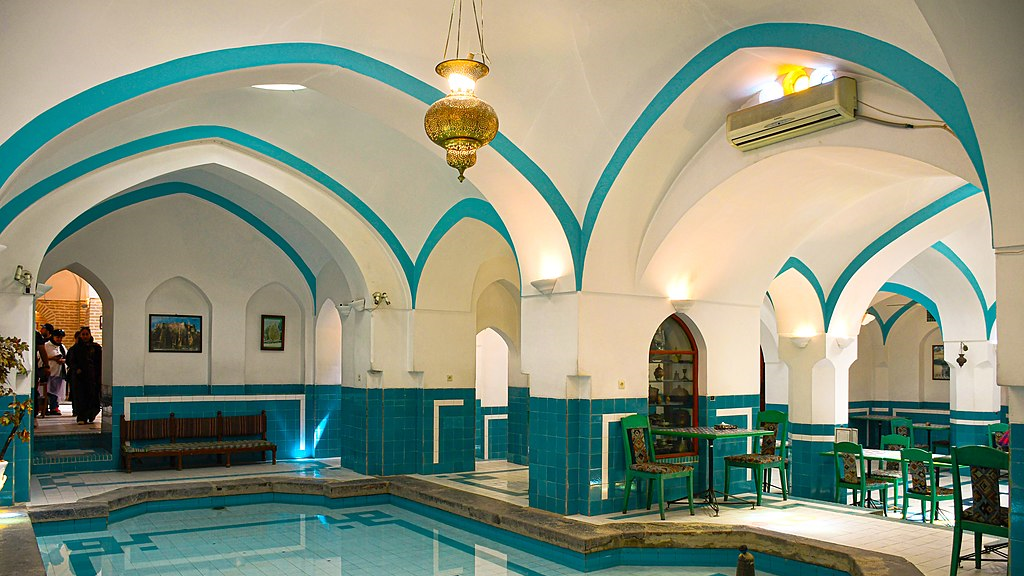
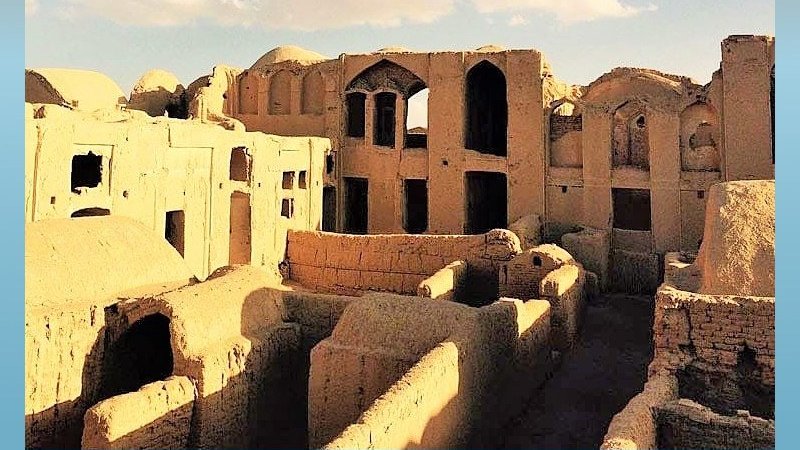
_0.jpg)
